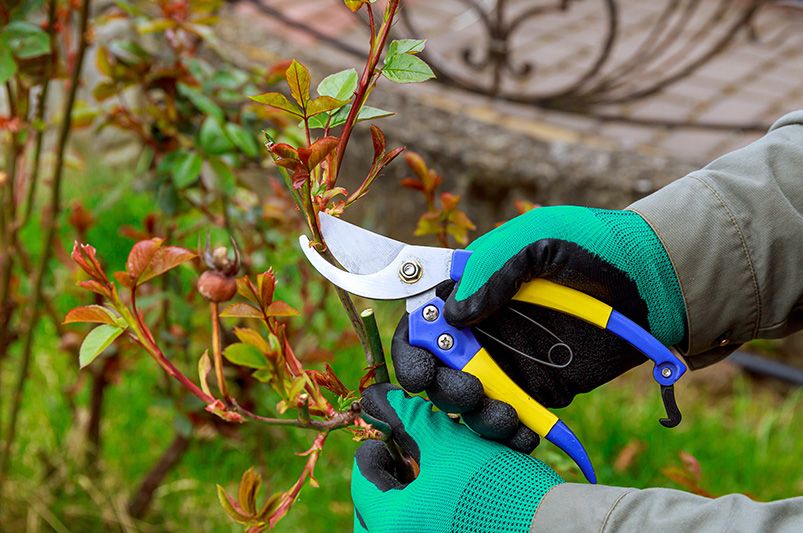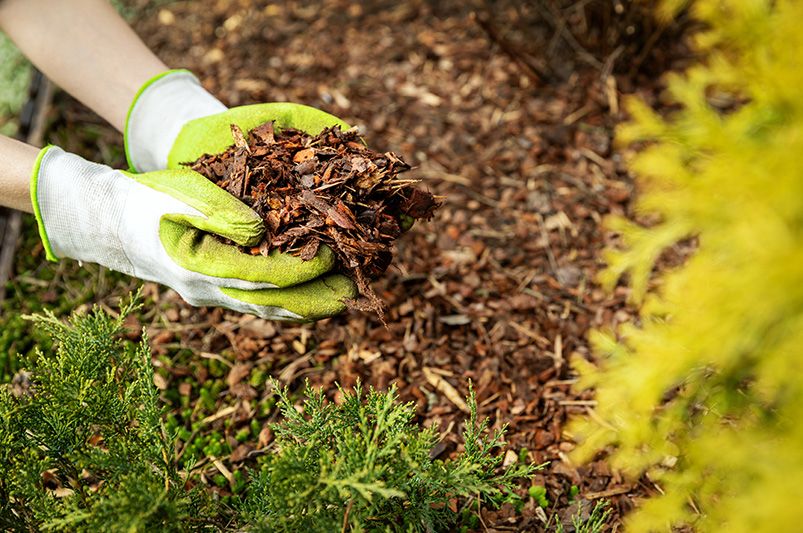
Fall Garden Prep: Essential Landscaping Tips to Transition for Winter
Published: 29/09/2025 | Updated: 18/12/2025
As autumn settles in with its golden leaves and crisp air, your garden is at a turning point. While many homeowners are tempted to pause landscaping until spring, fall is actually the most important time to prepare your landscape for colder weather. By tackling a few key fall landscaping tasks now, you’ll shield your plants from frost damage, improve soil health, and set the stage for lush spring growth.


In this guide, we’ll cover practical steps for pruning, mulching, soil preparation, and more—plus offer winter gardening tips to ensure your outdoor space thrives year after year.

Step 1: Pruning for Winter Success
Pruning in fall is more than tidying up—it’s about protecting plants during their dormant period and promoting healthier spring growth.
Why Pruning Matters
-
Removes dead, diseased, or pest-infested branches.
-
Encourages stronger regrowth in spring.
-
Improves airflow, preventing mold and mildew.
How to Prune Effectively
-
Wait until foliage has died back before pruning perennials.
-
Use sharp, sanitized tools to prevent spreading disease.
-
Leave seed heads on select plants (like echinacea) for winter garden interest and bird food.
Example: Rose Bush Care
After the first frost, cut rose branches back by one-third, focusing on unhealthy or crossing stems. This ensures a neater winter silhouette and a vigorous spring bloom.
Quick Checklist for Fall Pruning
✔️ Remove dead or diseased branches
✔️ Leave ornamental seed heads when possible
✔️ Sanitize tools after each plant

Step 2: The Power of Mulching
Mulching is your garden’s winter blanket, insulating roots and stabilizing soil temperatures.
Benefits of Mulching
-
Protects roots from freeze-thaw cycles
-
Suppresses winter weeds
-
Conserves soil moisture during dry spells
-
Adds organic matter as it decomposes
How to Mulch Correctly
-
Clear away weeds before applying mulch.
-
Spread a 2–3 inch layer around perennials, shrubs, and trees.
-
Keep mulch a few inches away from stems and trunks to prevent rot.
Example: Hostas & Perennials
A thick layer of bark mulch around hostas will keep soil temperatures stable and reduce frost heaving.
Steps to Mulch Effectively
✔️ Weed beds before mulching
✔️ Spread evenly across beds, 2–3 inches thick
✔️ Avoid piling mulch against plant stems

Step 3: Soil Preparation for a Strong Spring Start
Fall is the ideal season to improve soil health. While plants rest, the soil can recharge.
Soil Prep Tips
-
Amend with compost: Improves structure and enriches nutrients.
-
Conduct a soil test: Helps you identify pH and nutrient deficiencies.
-
Let compost overwinter: Nutrients slowly release into the soil, ready for spring planting.
Example: Using Compost
Spread a layer of compost in your garden beds now. Over the winter, it will integrate naturally, creating a nutrient-rich environment for spring growth.
Actionable Checklist
✔️ Add compost or organic matter
✔️ Test soil for pH balance and nutrients
✔️ Leave compost to break down naturally

Step 4: Protecting Plants for Winter
Beyond pruning, mulching, and soil prep, a few extra steps can help tender plants survive.
-
Wrap young tree trunks with burlap or tree guards to prevent frost cracks and rodent damage.
-
Cover delicate perennials with breathable frost cloth during severe cold snaps.
-
Water deeply before the ground freezes to keep roots hydrated.
Step 5: Clean-Up & Final Fall Landscaping Tasks
A tidy yard not only looks better but also reduces risks of pests and disease.
-
Rake leaves (or shred and use them as mulch).
-
Store garden tools properly to prevent rust.
-
Drain and store hoses to avoid cracks.
-
Cut back annuals that won’t overwinter.
Conclusion: Your Winter-Ready Garden Starts Now
By tackling these fall landscaping tasks, you’re not just protecting your garden through the winter—you’re setting the stage for a lush, vibrant spring. From pruning to mulching and soil prep, these steps ensure your outdoor space doesn’t just survive winter but thrives afterward.
Dreaming of a landscape that looks stunning in every season?
ShrubHub’s expert designers can craft a personalized plan to keep your garden thriving year-round. From fall garden prep to spring bloom planning, we’ll make sure your yard is always picture-perfect.
Start your FREE ShrubHub design consultation today!
Want a printable version of this guide to keep on hand while working in your yard?
Fall Garden Prep Checklist: Your Step-by-Step Guide to Winter-Ready Landscaping
Includes:
-
Pruning guide with diagrams
-
Mulching do’s and don’ts
-
Soil prep quick steps
-
A printable fall landscaping calendar
Download Your Free Fall Garden Prep Checklist Here
FAQs
Q1: When should I start preparing my garden for winter?
A1: The best time is early to mid-fall, once temperatures begin to cool but before the ground freezes.
Q2: How much mulch should I use in fall?
A2: Apply a 2–3 inch layer of organic mulch, keeping it away from plant stems and tree trunks.
Q3: Should I prune all plants before winter?
A3: Not all plants need pruning. Focus on removing dead or diseased growth and leave ornamental grasses and seed heads for winter interest.
Q4: Do I need to water plants in fall?
A4: Yes. Water deeply before the first hard frost to ensure roots are hydrated going into winter.
Q5: Is composting in fall effective?
A5: Absolutely. Adding compost in fall allows nutrients to break down naturally and enrich soil for spring planting.


